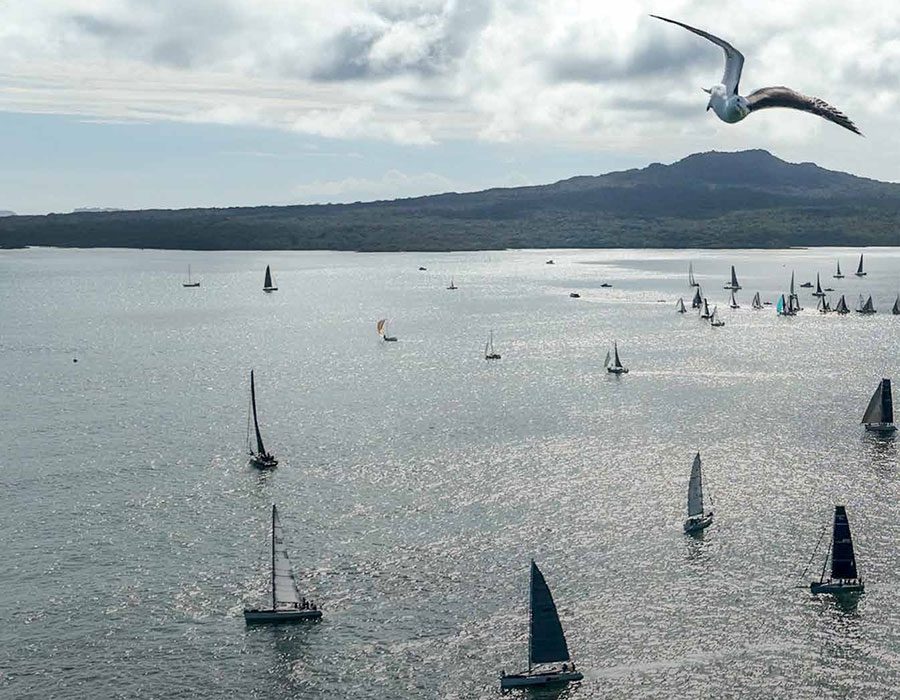

This summer, we’re urging boaties to minimise our impact on our unique environment. A recent and uninvited invader to our shores is the exotic caulerpa seaweed.
This pest has been in Upper North Island waters since 2021 when it was found at Aotea Great Barrier Island. Since then, it has been found in Ahauhu Great Mercury Island, Te Rāwhiti Inlet in Northland, off Kawau Island, and at Waiheke Island.
Exotic caulerpa can spread quickly, forming dense mats, and potentially affecting native species by competing for space and food.
Biosecurity New Zealand, working in partnership with mana whenua, local authorities, Department of Conservation and local communities is calling on all boaties to help stop it spreading. Caulerpa can move over short distances when it breaks into small pieces which are then carried in currents and tides. However, it can spread long distances tangled in anchors and anchor chains, and fishing and diving areas could also with.

There are some simple actions we can take to ensure we don’t move this pest around anymore as we enjoy summer in and on the water.
- Before you move on, check your anchor and chain when you pull it up, and also fishing or diving equipment for any attached seaweed
- If you find any seaweed on your gear, remove it and bag it or contain it securely.
- Dispose of it back on shore – in your household rubbish or compost, or in a bin well away from the sea
- If you can’t do this safely, put it back into the waters it came from.
There are legal rules (known as a Controlled Area Notice) in place at Aotea Great Barrier Island, Ahuahu Great Mercury Island and Te Rāwhiti Inlet in the Bay of Islands, Northland. In these areas there are legal restrictions on anchoring and some fishing activities. Mana whenua have also placed rāhui in some of these areas with similar restrictions. Most recently, exotic caulerpa has been found at Waiheke Island around Thompson’s Point and Onetangi Bay, and at Kawau Island at Iris Shoal. While there are no legal controls in place, it is best to keep away from these locations.
Check the Biosecurity New Zealand website for full information on the rules in place: www.biosecurity.govt.nz/caulerpa This web page has the most up-to-date information including maps of where exotic caulerpa is, legal controls, rāhui and photos to help you identify it.
Please report suspected sightings of caulerpa – either at sea or washed up on the beach. report.mpi.govt.nz Phone 0800 80 99 66.

If it’s on the shore, don’t move it. We’re not asking people to take any beach-cast home for disposal. Nature will manage this. But we’d still like it to be reported through our phone or website: www.biosecurity.govt.nz/caulerpa
Photography: NIWA, Sid Wales Biosecurity NZ.




